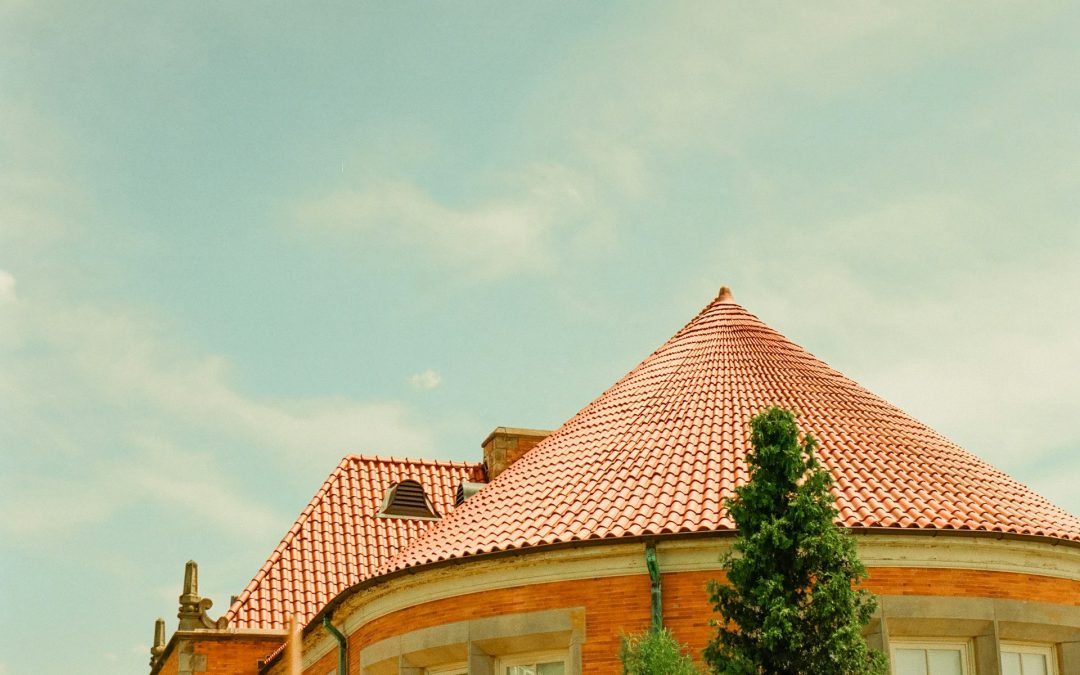Tile roofs are known for their durability and classic style. However, even the toughest tiles can face issues like leaks if not properly maintained. Addressing these concerns early can prevent damage and extend the lifespan of your roof. Regular attention to your tile roof’s condition is crucial in preventing costly repairs and safeguarding your home.
One of the first steps in stopping leaks is to understand what causes them. Poor installation, lack of maintenance, and weather conditions can all play a role. Investing time in proper care and professional installation can keep your tile roof in great shape. Simple measures, like regular inspections and cleaning, go a long way in maintaining your roof’s integrity.
Using protective measures, such as sealants, also helps keep the elements at bay. Ensuring proper ventilation and keeping debris off your roof are additional strategies to consider. By staying proactive, you can enjoy the beauty and protection of your tile roof for years to come without the worry of leaks.
Regular Inspections and Maintenance
Keeping a tile roof in good condition starts with regular inspections and maintenance. Seasonal inspections are crucial in spotting early signs of wear that could lead to leaks. Check your roof at least twice a year, especially after harsh weather conditions like heavy rain or strong winds. These checks help catch problems early, reducing the risk of serious damage.
When inspecting your tile roof, look for cracked or broken tiles. These can let water seep through and cause leaks. Also, watch out for anything unusual, like tiles that have shifted or appear loose. Look for moisture stains on your ceiling inside, as they might indicate a leak in the roof.
Quick fixes can prevent these small issues from becoming big headaches. Replace damaged tiles immediately to maintain the roof’s protective barrier. Resealing or re-caulking areas around chimneys and vents can also help stop leaks from forming. If you find significant damage or numerous broken tiles, consider calling a professional for a detailed inspection and repair.
Ensuring Proper Tile Installation
Proper tile installation sets the foundation for a leak-free roof. Investing in professional installation ensures tiles are laid correctly and securely. Poor installation can lead to gaps, misalignment, and other issues leading to leaks, so it’s vital to get it right the first time.
One common installation error is improper overlapping of tiles. Each tile should overlap the next, creating a barrier against rain. If they’re misaligned, water can slip through, finding its way into your home. Another common mistake is using the wrong type of fasteners, which can cause tiles to become loose over time.
To avoid these issues, make sure the installer uses proper overlapping techniques. Secure fastening is also important to keep the tiles in place, especially during strong winds. An experienced installer will know precisely how to angle the tiles and choose the right fasteners for your specific roof type.
Proper tile installation not only enhances the roof’s appearance but also its functionality. Keeping these factors in mind during installation can pave the way for a durable, leak-resistant tile roof.
Sealant and Protective Measures
Sealants play a vital role in protecting your tile roof from leaks. Applying a high-quality sealant adds an extra layer of protection against the elements. A sealant helps fill in any small gaps or cracks that could let water in, ensuring your roof remains watertight. Make sure to choose a sealant that is compatible with your specific roof material for the best results.
Another option is to use waterproof membranes under the tiles. These membranes act as a secondary barrier to shield your roof from water damage. They are especially helpful in areas that experience heavy rainfall or storms. Installing a waterproof membrane during the initial roof installation can greatly enhance your roof’s resilience.
Flashing is another crucial protective measure. It directs water away from vulnerable areas such as chimneys, valleys, and walls. Properly installed flashing prevents water from seeping into these junctions, reducing the risk of leaks. Checking and maintaining flashing as part of your regular roof inspection routine can help ensure your roof stays leak-free.
Handling Roof Debris and Ventilation
Keeping your tile roof free of debris is essential in preventing leaks. Leaves, branches, and dirt can block water flow and cause drainage issues. Regular cleaning of your roof and gutters helps maintain clear pathways for water to travel, reducing the chances of pooling and leaks.
Adequate roof ventilation is also key to keeping your roof healthy. Proper ventilation allows moisture to escape and air to circulate, preventing mold and mildew. It reduces condensation that can lead to water damage inside your attic and home. Check vents regularly to ensure they are unobstructed and functioning correctly.
Here’s a quick list of cleaning tips:
- Use a soft broom or leaf blower to clear debris from the roof.
- Clean gutters regularly to prevent blockages.
- Check for any signs of moss or algae growth, which can retain moisture.
Consistent cleaning and ensuring your roof is free from debris and has good ventilation can greatly extend its lifespan.
Conclusion
Making these practices a regular part of your home maintenance routine will ensure your tile roof remains in top shape. It keeps your home safe and secure from the elements, while preserving the beauty and durability of your roofing system. With these proactive measures, enjoy the peace of mind that comes with a well-maintained roof.
If you’re seeking expert help to keep your tile roof in top condition, Mike Huddleston Roofing Systems is here to assist. Whether it’s a professional installation, regular maintenance, or an inspection, our team can ensure your roof stays leak-free.
Reach out to our roofing contractors in Georgetown to learn more about how we can help protect your home!

